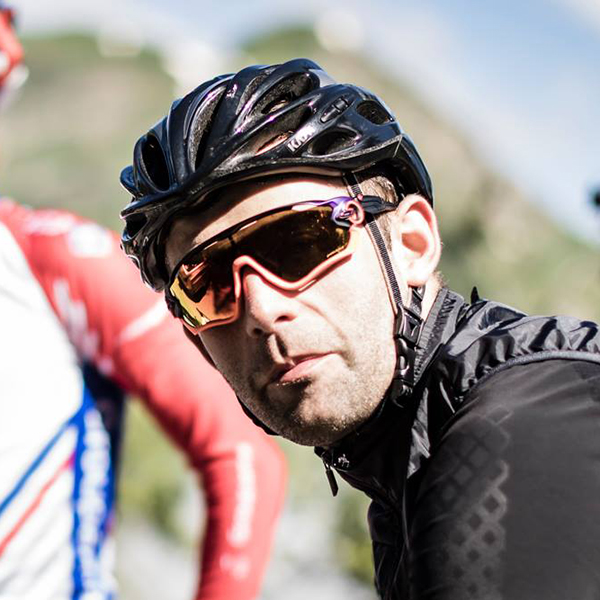Positioned as Continental’s year-round performance tyre, the Grand Prix 4 Season has been around in some form since the days of the GP4000.
Not much has changed in that time – a small tweak here and there to keep it competitive among the competition – and it remains in the middle ground between the GP5000 clincher and GP5000 S TR tubeless performance tyres, and the more hard-wearing Gatorskins.
In testing, the Continental Grand Prix 4 Season tyre has continued to prove itself resilient and hardy in the face of poor roads and weather, and is a strong candidate as a fit-and-forget road tyre.
Continental Grand Prix 4 Season tyre details and specifications
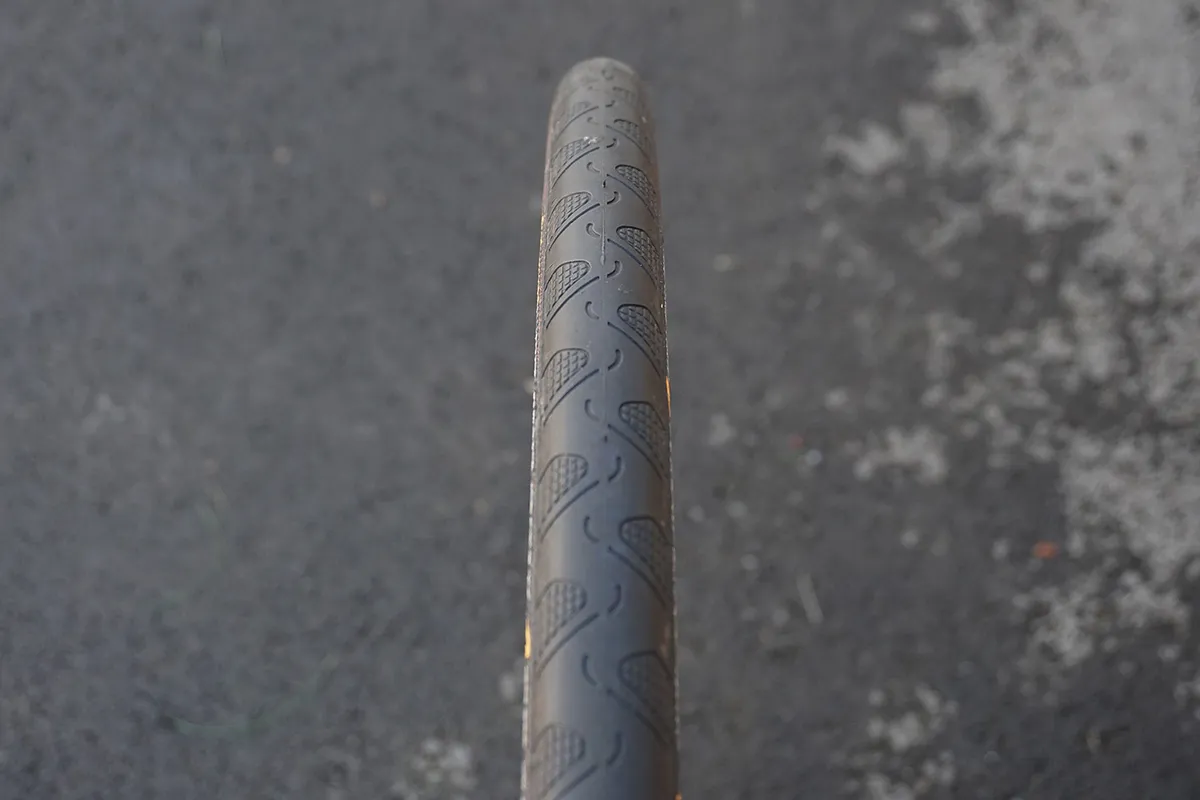
The Grand Prix 4 Season tyre features a lot of tried-and-tested tech from the German brand – much of it has been around in some form since the early 2010s (with genealogy that arguably stretches even further back).
The Max Grip Silca compound has been developed to prioritise long life and grip, and features a distinctive tread pattern.
The pattern sees zones on the shoulders of the tyre with noduled treads inside. Each is interspersed with curved grooves into the compound.
Along the very narrow centre of the tyre is a somewhat smoother path to promote low rolling resistance, but as soon as you lean slightly left or right, you'll be engaging fully with the tread.
Overall, the Grand Prix 4 Season tyre is designed for optimal grip in wet and cold weather, but without sapping dry-weather fun.
Puncture resistance is provided by a Vectran breaker – Continental claims Vectran is inspired by spider web threads, with the aim of being “tear-resistant” (and therefore resistant to puncturing) without adding too much weight.
Continental also claims the Vectran breaker is more durable, flexible and lighter than an equivalent nylon puncture-resistance layer.
The Grand Prix 4 Season tyre features additional fortification – called DuraSkin – which runs over the entire carcass of the tyre. It’s visible as the exposed reddish-brown mesh on the sidewalls, lending claimed benefits of overall resilience to punctures.
Plus, one could argue that the DuraSkin mesh by default provides a tan sidewall-lite aesthetic, which will appeal to many.
A 700 x 28c tyre weighs in at 289g (accounting for the retaining band each tyre comes wrapped in), which is 6g lighter than Continental claims. It’s also available in 23mm, 25mm and 32mm widths.
There’s no tubeless version of the Grand Prix 4 Season tyre: it’s clincher only.
Continental Grand Prix 4 Season tyre performance
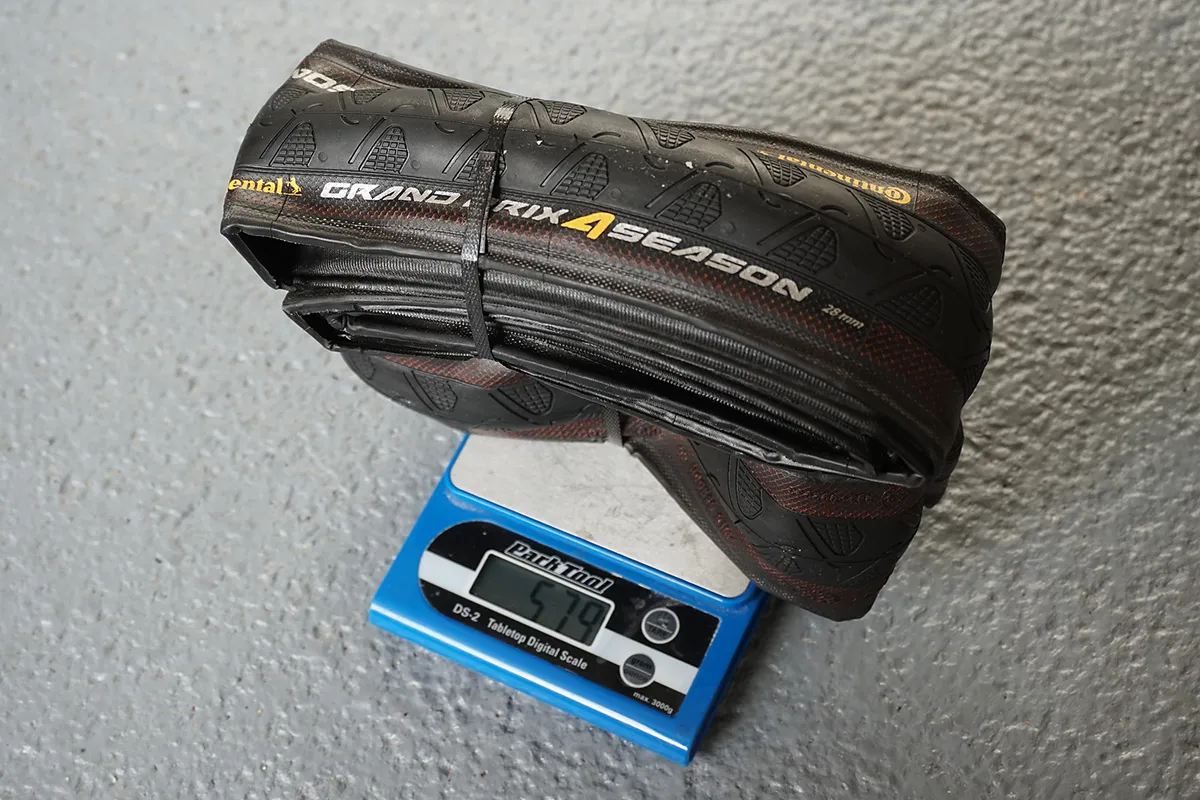
Overall, the Grand Prix 4 Season tyre offers a compelling blend of speed, grip and longevity – probably leaning a little more towards durability than attempting to mimic the excellent performance of the GP5000 clincher.
I’ve been running the Grand Prix 4 Seasons for almost six months now, and have covered the better part of 1,500km.
Aside from the odd small nick or two sustained during spring hedge-cutting season in the UK (which any tyre compound could be expected to see in that time), I’ve experienced no serious cuts worth worrying about, and no punctures.
Perhaps as importantly, tread wear is almost imperceptible. I wouldn’t expect 1,500km to test the limits of an all-season tyre by any means, but the fact that only the slightest wear on the centreline can be seen so far bodes well.
Continental doesn’t publish expected mileage life spans, but if you want to fit a set of Grand Prix 4 Season tyres and cover a year’s worth of good-quality road riding on them, you probably won’t be disappointed.
On the bike, the tyre offers up good grip, especially in the wet. Tip your bike into a downhill bend, and you get sure-footedness and confident adhesion.
In fact, on wet roads the grip the compound afforded sometimes gave me the confidence to push harder into corners than I would have done on a slick race tyre.
Although the 3x110 TPI (threads-per-inch) carcass brings with it good suppleness, the tyre is markedly firmer than a GP5000. Compared to a given race-oriented tyre such as the GP5000, you feel slightly ‘removed’ from the action, and not able to feel the grip beneath you quite as easily.
The trade-off is the resilience and longevity I’ve already mentioned. If you’re not going to be testing the limits of adhesion and your bravery on every ride, the Grand Prix 4 Season brings plenty to the table, so it never renders your ride experience boring or un-involving.
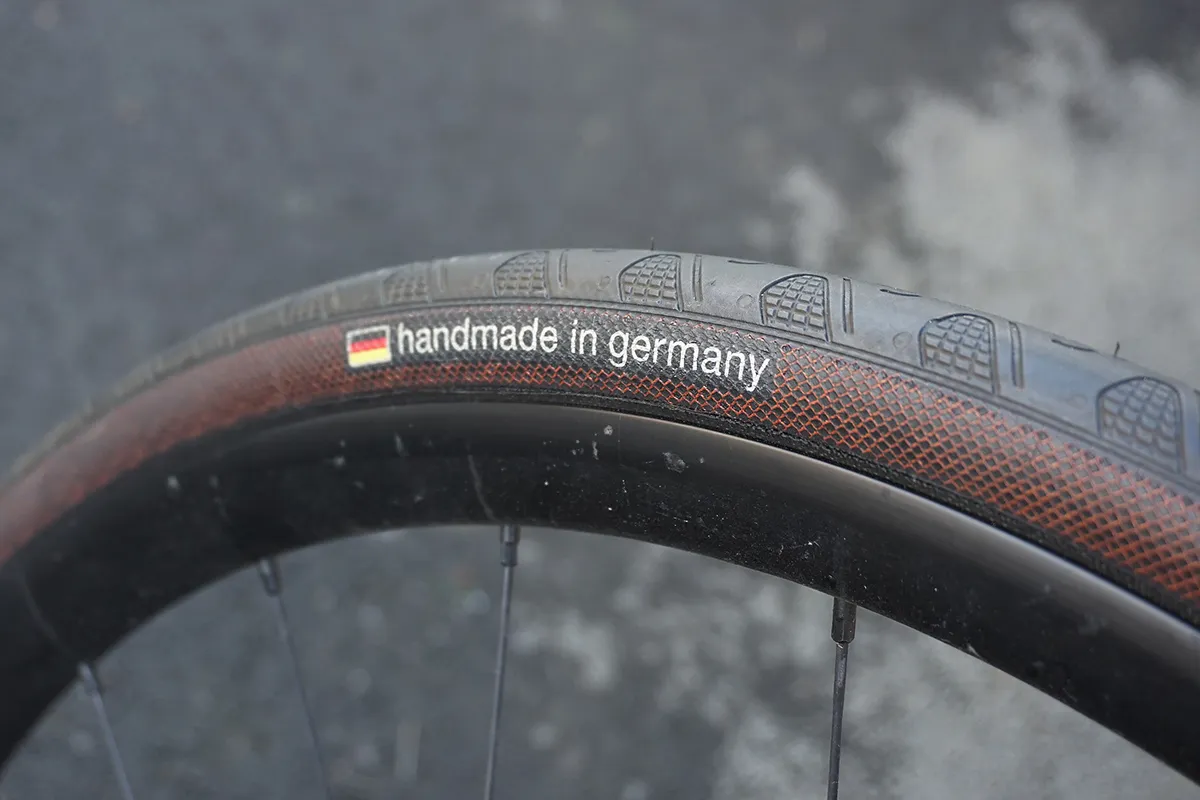
I tested 28c tyres, which blow out generously on a 19mm (internal) rim width – closer to 29mm at around 80psi.
The width here does a good job of improving comfort, while the overall construction also helps to insulate you from the worst high-frequency road buzz. In my experience, a little insulation from the road can make a long ride that little bit less taxing – that’s the case here.
The sense of speed is impressive, regardless. When you’re rolling along the narrow, smooth centre strip, the Max Grip Silca compound doesn’t feel sluggish or slow.
If anything, it’s more confidence inspiring in that situation, which is perfect for the majority of a UK year, and will be well-suited to those who have to deal with changeable year-round conditions and don’t want the hassle of switching rubber.
The 289g weight per tyre could be considered a little on the hefty side, but compared to a lighter race tyre the actual difference is negligible.
When you’re attacking a climb out of the saddle or accelerating hard, the tyre doesn’t feel quite as lively beneath you as when running a GP5000, for example. But there are plenty of aspects at play here that will contribute to this, in addition to weight.
For a rival comparison, Pirelli’s Race 4S (in 28c) weighs in at 261g per tyre.
Switching frequently between the Grand Prix 4 Season tyre and other racier, lighter tyres does keep the difference apparent to me. But when I’ve stuck to them for a number of weeks or longer at a time, I can easily ignore that there’s much of a deficit at all.
In testing, I’ve considered it a small price to pay for the overall longevity and performance of the tyre. Plus, outside of summer weather, many will find it preferable to the heightened risk of punctures you get from an even lighter construction.
The Continental Grand Prix 4 Season tyre is among the most expensive year-round clincher tyres you can buy – as a simple price check of our best winter tyres and best road bike tyres buyer’s guides will attest.
But for that, you’re getting premium performance, striking a time-honoured and well-considered halfway house between speed and reliability.
Continental Grand Prix 4 Season tyre bottom line
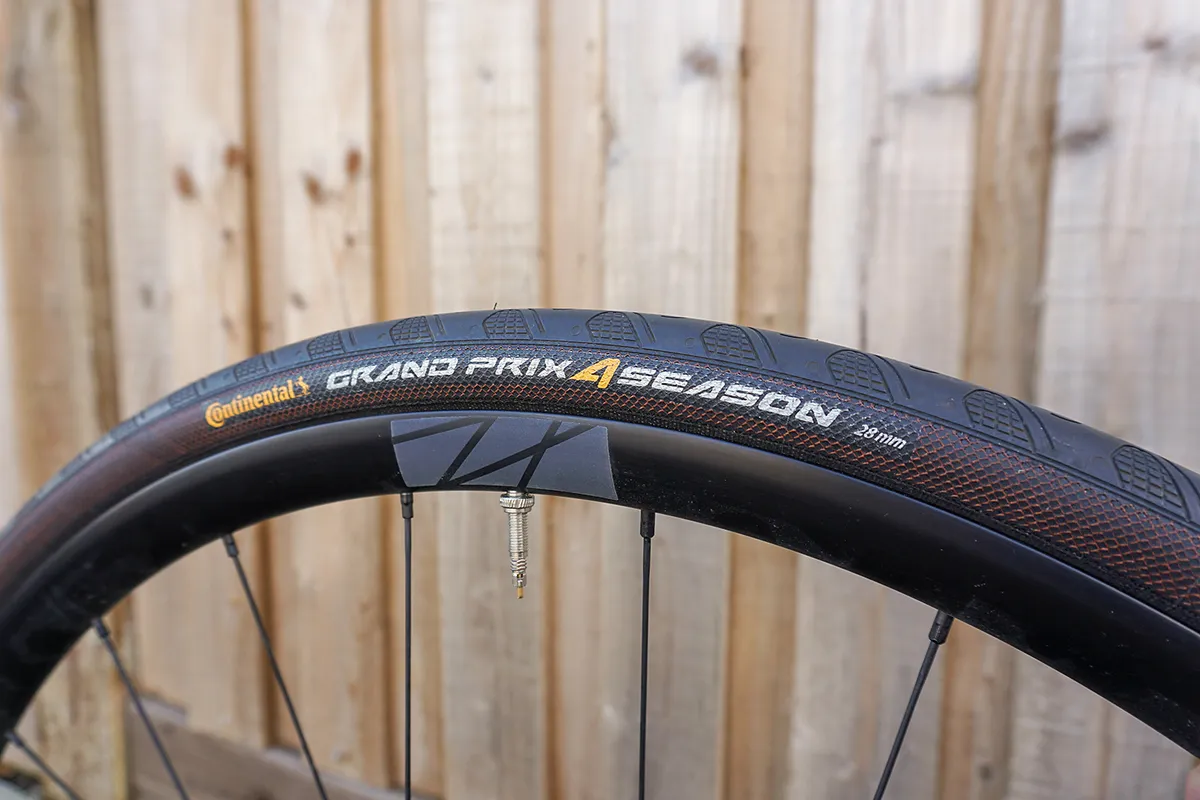
The Continental Grand Prix 4 Season tyre has been a popular all-season option for club and competitive riders for years – and it’s still hard to argue against its plus points (unless you’re considering going tubeless).
Instead of prioritising speed with only a hint of added hardiness, the Grand Prix 4 Season hits an admirable blend of toughness, longevity, grip and speed.
Product
| Brand | Continental |
| Price | £66.00, $83.00 |
| Weight | 289g |
Features
| Bead | Clincher |
| Puncture protection | Vectran breaker, DuraSkin |
| Features | Colours: Black only TPI: 3x100 |
| Tyre sizes | 700 x 23c / 700 x 25c / 700 x 28c / 700 x 32c |
